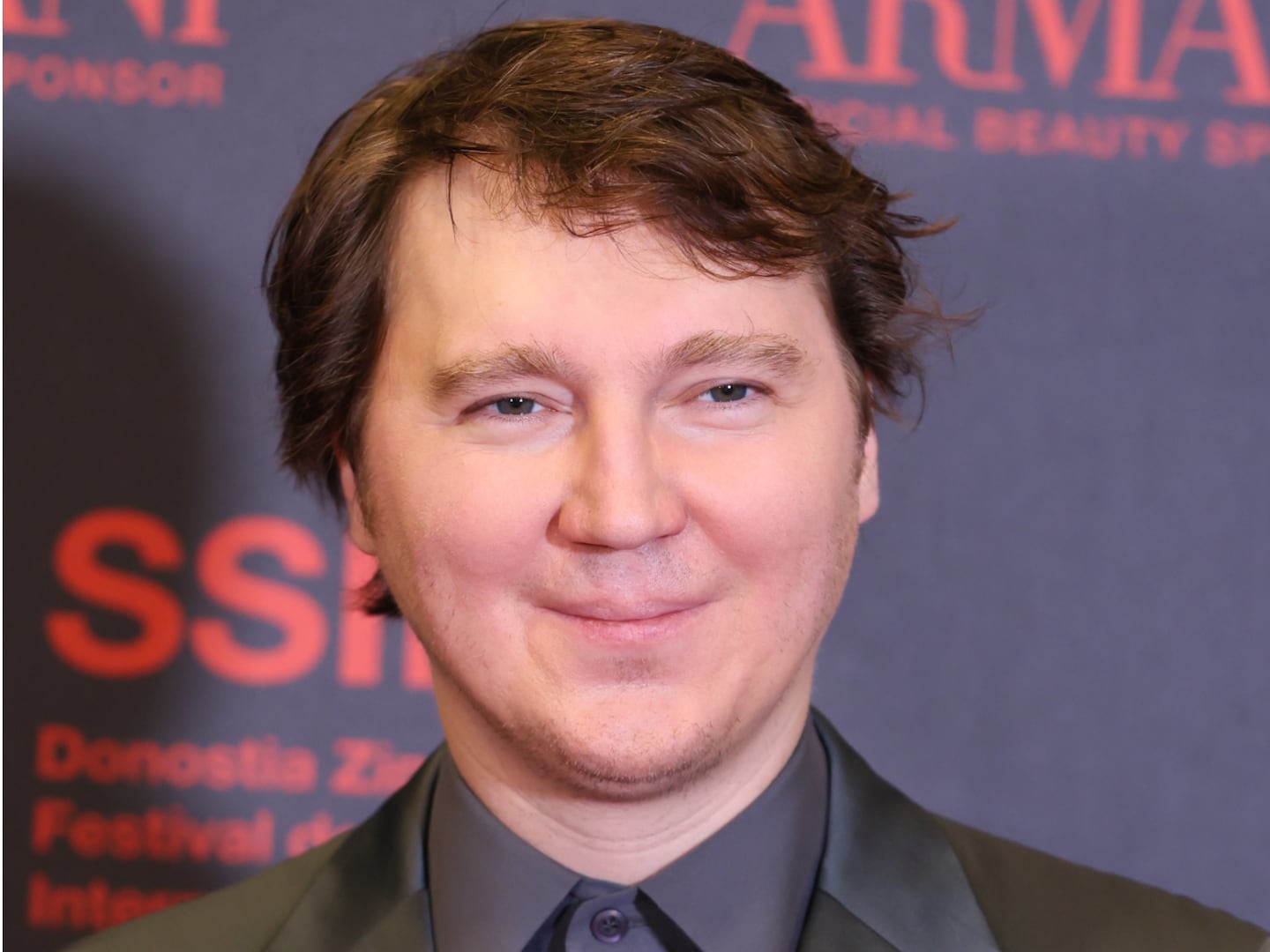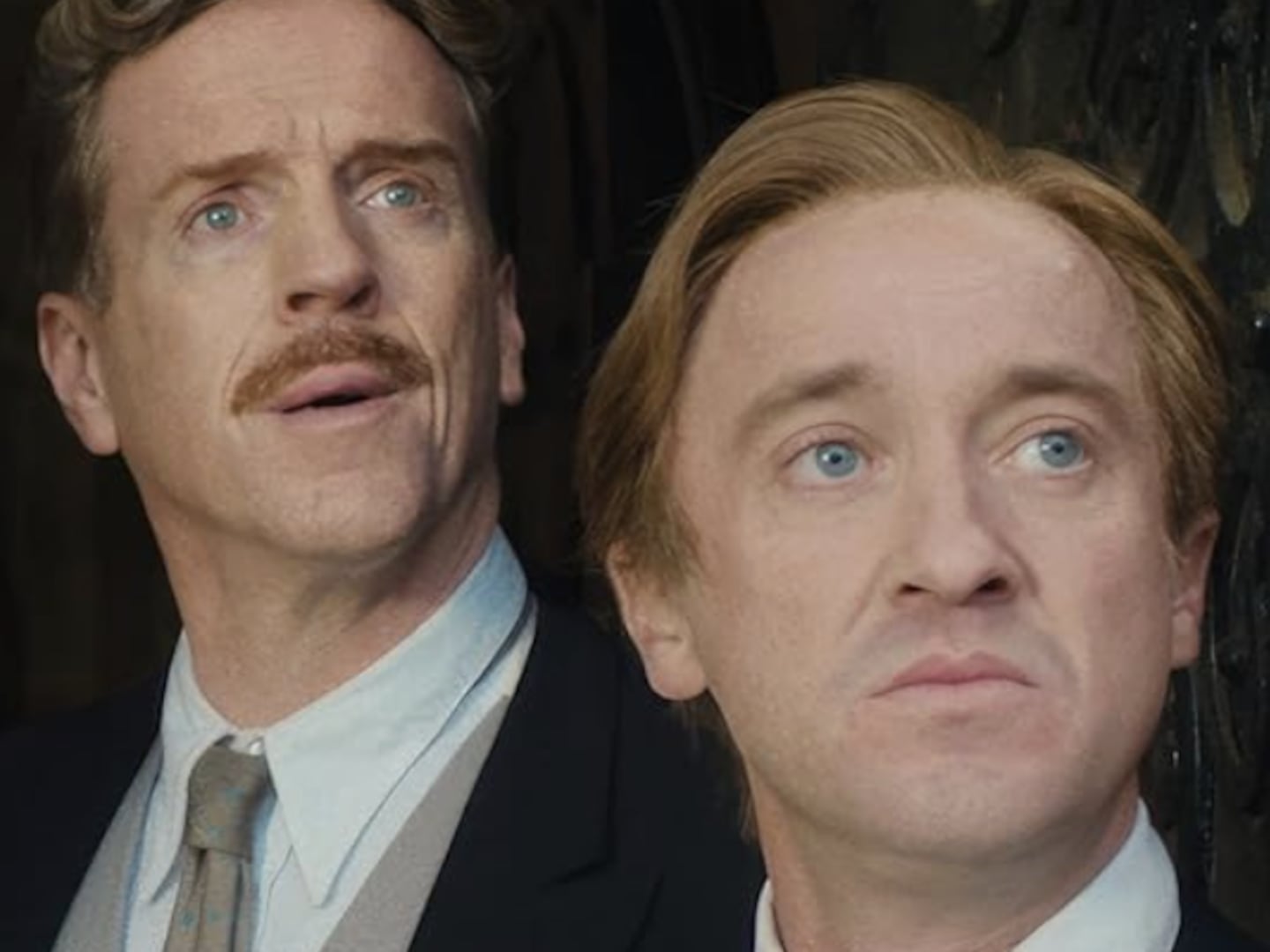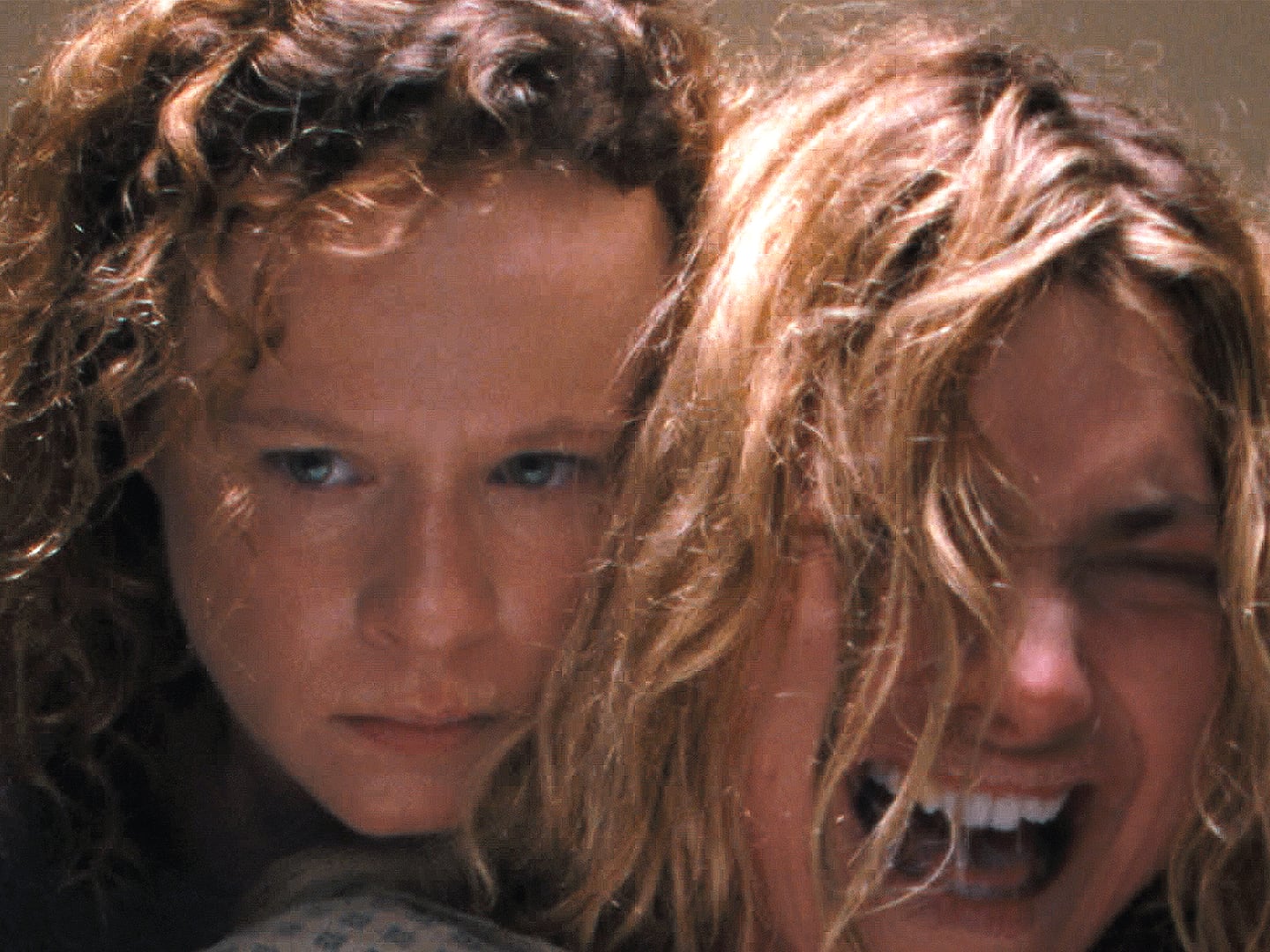If the drapes, pleats, and overall drama of the costumes on American Born Chinese have caught your eye, you can thank Joy Cretton. The costume designer, born and raised in Maui with series writer/co-creator Destin Daniel Cretton and their four siblings, was homeschooled and found inspiration in daily play with her family. The Crettons’ creative childhood led to careers in Hollywood, with Destin working as a writer and director, including helming Marvel’s Shang-Chi, and Joy developing a career as a costume designer. She worked as an assistant designer on The Glass Castle (2017) and Short Term 12 (2013), both directed by her brother, with their latest collaboration perhaps their most challenging yet.
For her work on Disney+’s adaptation of Gene Luen Yang’s seminal graphic novel, Cretton researched Chinese mythology, worked closely with star Michelle Yeoh, and learned to use TikTok, in order to dress the show’s teenage cast. On the day of the show’s eight-episode first season premiere in late May, Cretton and I spoke about the dizzying array of inspiration she employed to dress the series’ mythological characters, as well as how her unconventional childhood shaped her career.
What inspired you to become a costume designer?
To be honest, we didn’t have TV for a long time. I grew up on Maui, and we were homeschooled. We lived in a cane field and pineapple field, no close neighbors. My mom homeschooled six of us kids. So we were always outside creating. I was big into creating costumes from our costume basket that my mom always had for us since we were little. But it wasn’t necessarily inspired by TV, at least originally. Maybe cartoons that we were able to watch here and there. Eventually, we got to watch TGIF on Fridays.
I think a lot of our creativity just came from reading books. We read books, we were outside a lot, always doing plays. We did a lot of biblical plays and things. I can’t even remember a time when we didn’t have the costume basket. It was this wicker basket, and [my mom] would find things at garage sales and toss them in there. We would just piece things together, and looking back, [the costumes] don’t really make sense, but it was just playing and having fun.
You worked as an assistant costume designer on Shang-Chi, which your brother, Destin Daniel Cretton, directed. What is it like to work with your brother, especially on a film that portrays a complex brother-sister dynamic?
[Destin and I] have a little bit of an uncommon bond, because we’ve been making things and playing make-believe in everything since we were little. We also had to live together all day, because we didn’t go off to school, so with all of my siblings, we just learned how to get along. We’re not big fighters, and we’re a really good support system. Getting to work with him is the best. I always love it so much. I feel like every project we’ve done together, he puts a little bit of our family dynamic in it, so I’m used to it.
My brother also directed the first and last episodes of American Born Chinese. I always feel so empowered that I have somebody I can always cry to, or bother in the middle of the night if I had an idea or a question.

If you’re working on something more action-oriented, like a Marvel film or American Born Chinese, do the design principles change, in order to accommodate more movement?
Shang-Chi was a big learning experience for me, because I’ve never done anything like that before—learning how to test costumes, having an open line of communication with the stunt department. You work so closely with [the stunt performers] and get so bonded to them, because you’re always fitting them, adjusting things, adding gussets, adding structure, getting multiple larger sizes for padding. All of these were things that I never had to do before I learned on Shang-Chi and then I was able to use it on this.
American Born Chinese is rooted in Chinese mythology, which I imagine much of the American public is not familiar with. What was your research process like for the project?
This show is a really beautiful lesson in Chinese mythology and learning about all these characters. I had the same learning experience when I started, because I had to do so much homework. My first crew hire was a Chinese-American costumer, who is a dear friend of mine. She helped me with the prep and kept me on track, guiding me through all of the research.
It [also] was a lot of talking to the actors who were portraying these characters to get their take on it, because they were all extremely knowledgeable about their characters. They were the best teachers for me to get their costumes right. Michelle [Yeoh, who plays Guanyin] was also there from the start. I worked with her on Shang-Chi, but that was a very big project and there were so many people, and this was such a more intimate experience. I asked her if she wanted to be part of the design process and give notes, and she was all for it. We would get together and have our creative meetings, and then I would gather all the notes and then send them to Michelle and then get her stamp of approval, or redirect, or she would give us notes. That was really fun.
I read that she did something similar on Crazy Rich Asians, where she provided input on the jewels worn by her character, and used a lot of pieces from her own collection in the film. And now she’s won an Oscar!
We actually watched the Oscars together with some of our American Born crew. As soon as she won, and her speech was over, we ran to her apartment and got all these balloons, because she was coming back to change into her next party. We really just bombarded her, but it’s so memorable to just share that moment.
Christine Wang’s (Yeo Yann Yann) costume trajectory is particularly interesting. At first, she wears standard-issue mom florals and busy-print blouses. But as the season continues, the amount of flowers on her outfits decreases. The final floral is an oatmeal-colored sweater that has just single flowers placed further apart. From there, she switches completely to wearing only solid colors. She’s a different person. Can you tell me about mapping that transformation?
Her progression was really just about her relationship with Simon [Chin Han]. She was just stuck being a mom in her routine. Simon would come home, and they wouldn’t really talk, or they would fight, but they slowly rekindle their relationship. We tried to do the same thing with Simon, where he’s very buttoned up. He doesn’t change drastically, but he’ll unbutton his top button. We just wanted to give them a little bit of an arc, as their relationship grows, and they get close again.
One memorable scene was in Episode 4, with a flashback set in Heaven, which I thought was a hilarious satire of award shows red carpets. How did you design those outfits?
I actually thought of it as the Met Gala. That was my inspo wall, just from reading [the script] for the first time. I don’t know if it’s accurate. I just wanted to push it a little over the top and let the gods get to have some fun and play and dip their godly selves in some fashion. We were always going back and forth, because that was actually a really tricky episode. It was like, “How traditional should we go? How ‘fashion’ can it be?” We wanted it to be super-respectful, but Kelvin was really good about letting us just play.
We ended up doing a blend of traditional, modern, high fashion. I went to some runway shows with Asian designers that I really like, and I pulled a lot of looks just from the runways to put in, which was really fun. Then we would mix in jade, we made a lot of robes that we would layer, and we did little pieces that we made that we could accent the modern elements together.
Then there’s the teenagers on Earth. Jin is struggling with his identity, and he just wants to disappear into his white peer group. But then he makes a new Chinese friend, who says it’s totally fine to be Chinese and be proud and bold about it. How did you come up with their costumes?
My best friend is a high school teacher, so I got a lot of inspo pictures from her. My brother-in-law is also a high school teacher, at a school with these super creative art students. He would do videos all the time, and I’d be like, “Oh my gosh, kids are so cool these days.” That was a lot of research in itself. I’d never even looked at TikTok. I had to learn how to use it.

TikTok frightens me.
Yeah! [laughs] Kids develop their sense of style so much younger now. I didn’t know anything when I was in high school. On the show, the kids are in California, so they have access to seeing all the fashion in LA.
For Jin, we knew we wanted to use a lot of blues and grays, because blue is a color that isn’t often used in China. It’s very American. [The choices are]leaning into his American nervousness. We wanted to have a strong contrast between him and Wei Chen, who is totally comfortable and wears whatever he wants. That was a little tricky. At first, we were gonna go really thrifty, but then we liked having the colorblocking in [brighter] colors. So we tried to make some T-shirts that kids might think it’s not cool, but he makes them cool, because of how he wears them. And the robot T-shirt [he wears] was taken directly from Gene’s book. We tried to give all the kids at least one look that was directly from the book.
I hope the show helps kids realize that it’s OK to just be yourself.
Being a homeschooler, I was always called “weird,” because I was different. We drove around in a yellow school bus, because there’s eight of us and that’s what we could fit into. That is weird. That’s not normal. The stigma behind the word was so traumatizing, but now I’m like, “It’s a compliment.” If I hear of someone who’s weird, I want to see them, they have their own thing going on. They’re doing something different.






